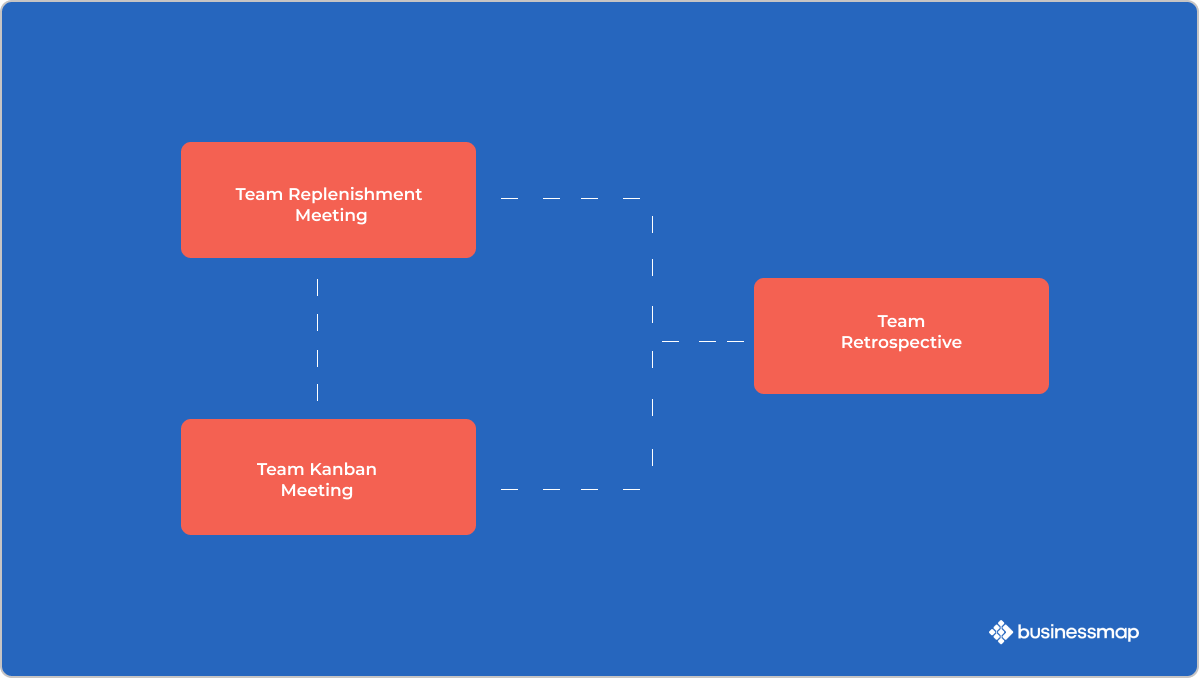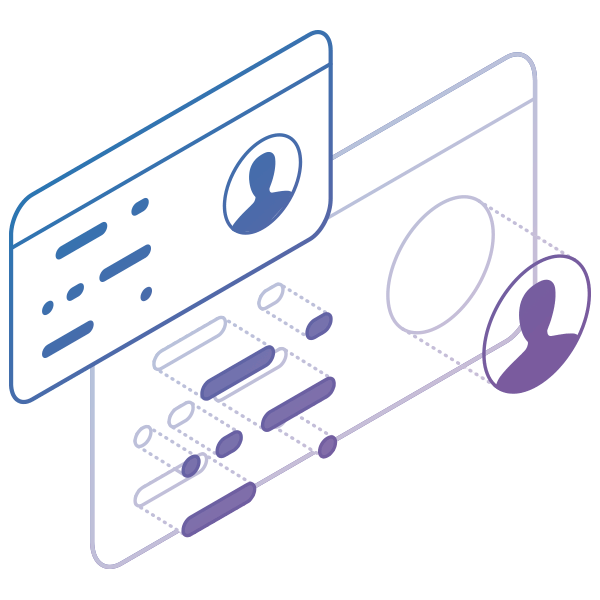If you're looking for a practical overview of Kanban principles and practices, you've come to the right place. Kanban is a popular approach to incremental, evolutionary processes and systems change and has become increasingly popular in recent years. It's based on a set of six core principles that provide a framework for managing change and delivering services. By following these principles, teams can optimize their workflow, increase delivery speed, and continuously improve. Precisely, the top reasons why companies use Kanban in 2024.
In this overview, we'll take a closer look at each principle and how it can be applied in practice.
What Are the 6 Core Kanban Principles?
The Kanban method is based on six fundamental principles related to change management and service delivery.
Kanban Change Management Principles
Kanban is not a big-bang transformational model but instead uses an evolutionary change approach seeking to improve already established processes in a non-disruptive way and continuously improve them through constant collaboration and feedback. Let’s take a closer look at the Kanban change management principles.
Principle 1: Start With What You Do Now
Kanban offers the flexibility to use the method on top of existing workflows, systems, and processes without disrupting what is already in place. The method recognizes that existing processes, roles, responsibilities, and titles have value and are generally worth preserving. Naturally, it will highlight issues that need to be addressed and help assess and plan changes so their implementation is as non-disruptive as possible.
Principle 2: Agree to Pursue Incremental, Evolutionary Change
The Kanban method is designed to meet minimal resistance. It encourages continuous small incremental, and evolutionary changes to the current process by implementing collaboration and feedback forms. In general, sweeping changes are discouraged because they usually encounter resistance due to fear or uncertainty.
Principle 3: Encourage Acts of Leadership at All Levels
Leadership at all levels derives from people's everyday insights and acts to improve their way of working. As insignificant as you may think, each shared observation fosters a continuous improvement mindset (Kaizen) to reach optimal performance on a team/department/company level. This can’t be a management-level activity.
| Change Management Principles |
Service Delivery Principles |
| Start With What You Do Now |
Manage the Work, Not the Workers |
| Focus on Customer’s Needs and Expectations |
Encourage Acts of Leadership at All Levels |
| Agree to Pursue Incremental, Evolutionary Change |
Regularly Review the Network of Services |
Kanban Service Delivery Principles
Kanban aims to develop a service-oriented approach. It requires that you profoundly understand your customer’s needs, create a network of services where people self-organize around the work, and ensure that your system continuously evolves.
Principle 1: Focus on Customer’s Needs and Expectations
Delivering value to the customer should be at the center of each organization. Understanding the needs and expectations of your customers brings attention to the quality of the services provided and the value they create.
Principle 2: Manage the Work
Managing the work in your network of services ensures that you empower people’s abilities to self-organize around the work. This enables you to focus on the desired outcomes without the "noise" created by micro-managing the people delivering the services.
Principle 3: Regularly Review the Network of Services
Once developed, a service-oriented approach requires continuous evaluation to foster a customer service culture. Through the use of regular reviews of the network of services and assessment of the applied work policies, Kanban encourages the improvement of the delivered results.
10 Years Kanban Experience In 1 Free Book.
Project Manager's Guide to Kanban
What Are the Core Kanban Practices?
The six foundational Kanban practices for a successful implementation include:
- Visualize the workflow
- Limit work in progress
- Manage flow
- Make process policies explicit
- Implement feedback loops
- Improve collaboratively
1. Visualize the Workflow
 A basic Kanban Board
A basic Kanban Board
To visualize your process with a Kanban system, you will need a board with cards and columns. Each column on the Kanban board represents a step in your workflow. Each Kanban card represents a work item. The Kanban board itself represents the actual state of your workflow with all its risks and specifications.
The first and most important thing for you is understanding what it takes to get an item from a request to a deliverable product. Recognizing how work flows through your system will set you on the path to continuous improvement by making well-observed and necessary changes.
When you start working on item X, you pull it from the "To Do" column, and when it is completed, you move it to "Done". This way, you can easily track progress and spot bottlenecks. Naturally, your Kanban board might have a different outlook depending on your specific needs and processes.
2. Limit Work in Progress (WIP)
 Digital Kanban board with WIP limits
Digital Kanban board with WIP limits
One of Kanban's primary functions is to ensure a manageable number of active items are in progress at any one time. If there are no work-in-progress limits, you are not doing Kanban. Switching a team’s focus halfway through will generally harm the process, and multitasking is a sure route to generating waste and inefficiency.
Limiting WIP means implementing a pull system on parts or the complete workflow. Setting maximum items per stage ensures that a card is only "pulled" into the next step when there is available capacity. Such constraints will quickly illuminate problem areas in your flow so you can identify and resolve them.
3. Manage Flow
Managing the flow is about managing the work but not the people. By flow, we mean the movement of work items through the production process at a predictable and sustainable pace.
One of the main goals when implementing a Kanban system is to create a smooth, healthy flow. Instead of micro-managing people and trying to keep them busy all the time, you should focus on managing the work processes and understanding how to get that work faster through the system. This would mean that your Kanban system is creating value more quickly.
4. Make Process Policies Explicit
You can’t improve something you don’t understand. This is why your process should be clearly defined, published, and socialized. People would not associate and participate in something they do not believe would be useful.
When everyone is familiar with the common goal, they would be able to work and make decisions regarding a positive impact. Sparse, visible, well-defined, and subject to change (if/when needed), work policies have the power to boost people’s self-organization.
5. Feedback Loops
For teams and companies that want to be more agile, implementing feedback loops is a mandatory step. They ensure that organizations adequately respond to potential changes and enable knowledge transfer between stakeholders.
Kanban suggests the use of cadences (feedback loops) at a team level as well as service-oriented cadences.
An example of a team-level cadence is the daily Team Kanban Meeting for tracking the status and the flow of work. It helps to identify available capacity and potential for increasing the delivery pace. It takes place in front of the Kanban board, and every member tells the others what they did the previous day and what they will be doing today.

Service-oriented cadences in Kanban, such as operations, service delivery, and risk meetings, aim to synchronize and improve your delivery of service. The output of these reviews, such as understanding what is blocking effective service delivery, should serve as a decision-making input for the continuous improvement of your network of services.

While focused and regular meetings with fewer attendees have proven to be a good practice, the ideal duration of specific Kanban cadences depends on your context, the team size, and topics.
6. Improve Collaboratively (Using Models & the Scientific Method)
The way to achieve continuous improvement and sustainable change within an organization is through collaboratively implementing changes based on scientifically proven methods, feedback, and metrics.
Cultivating an organizational culture where every hypothesis is proven to have positive or negative results is crucial for developing a mindset focused on improvement through evolutionary change.
Kanban's focus on continuous improvement and visualizing the work processes can help Agile teams adapt to changing circumstances and improve their delivery over time. Regardless of the industry, product development, manufacturing, pharma, or any other field, Kanban is a method that can help you achieve greater efficiency and establish a culture of continuous learning.
We offer the most flexible software platform
for outcome-driven enterprise agility.





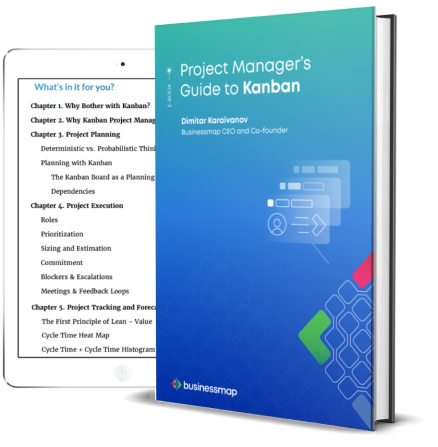
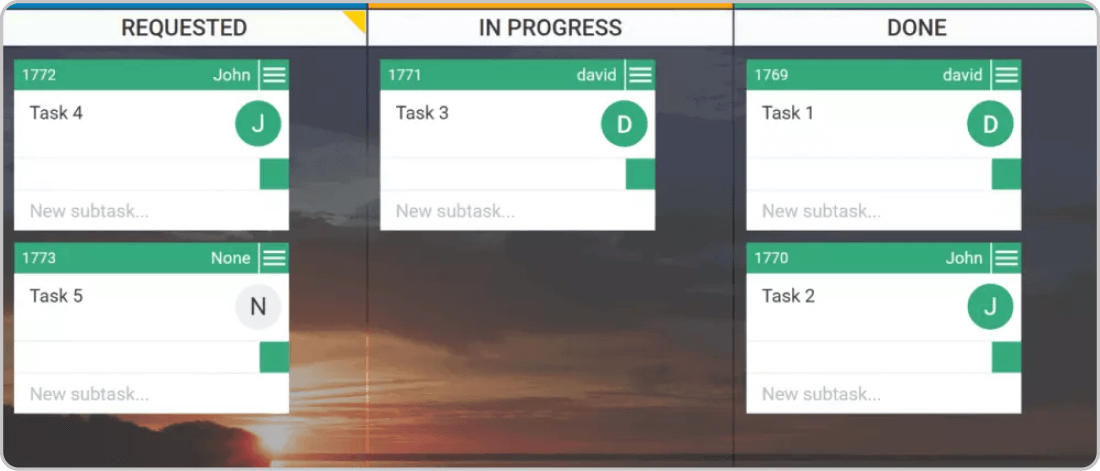 A basic Kanban Board
A basic Kanban Board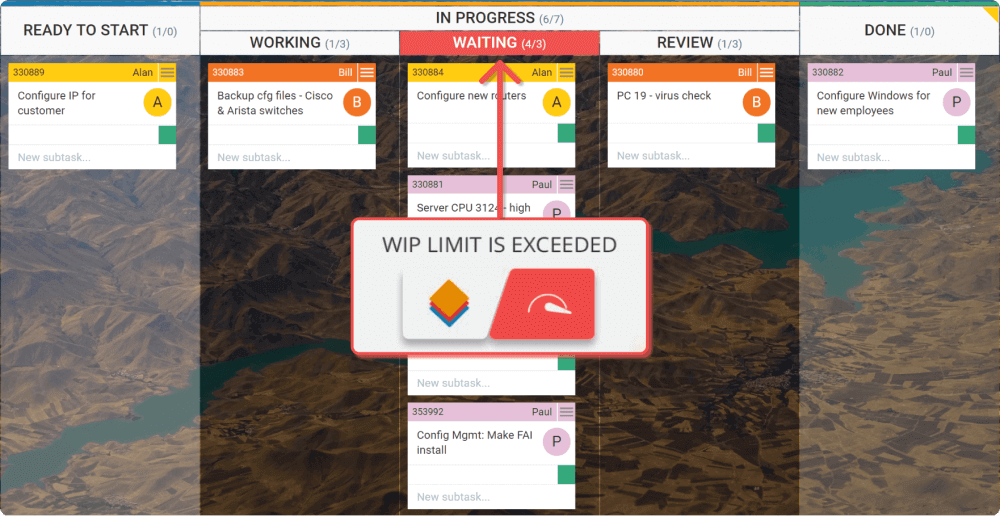 Digital Kanban board with WIP limits
Digital Kanban board with WIP limits